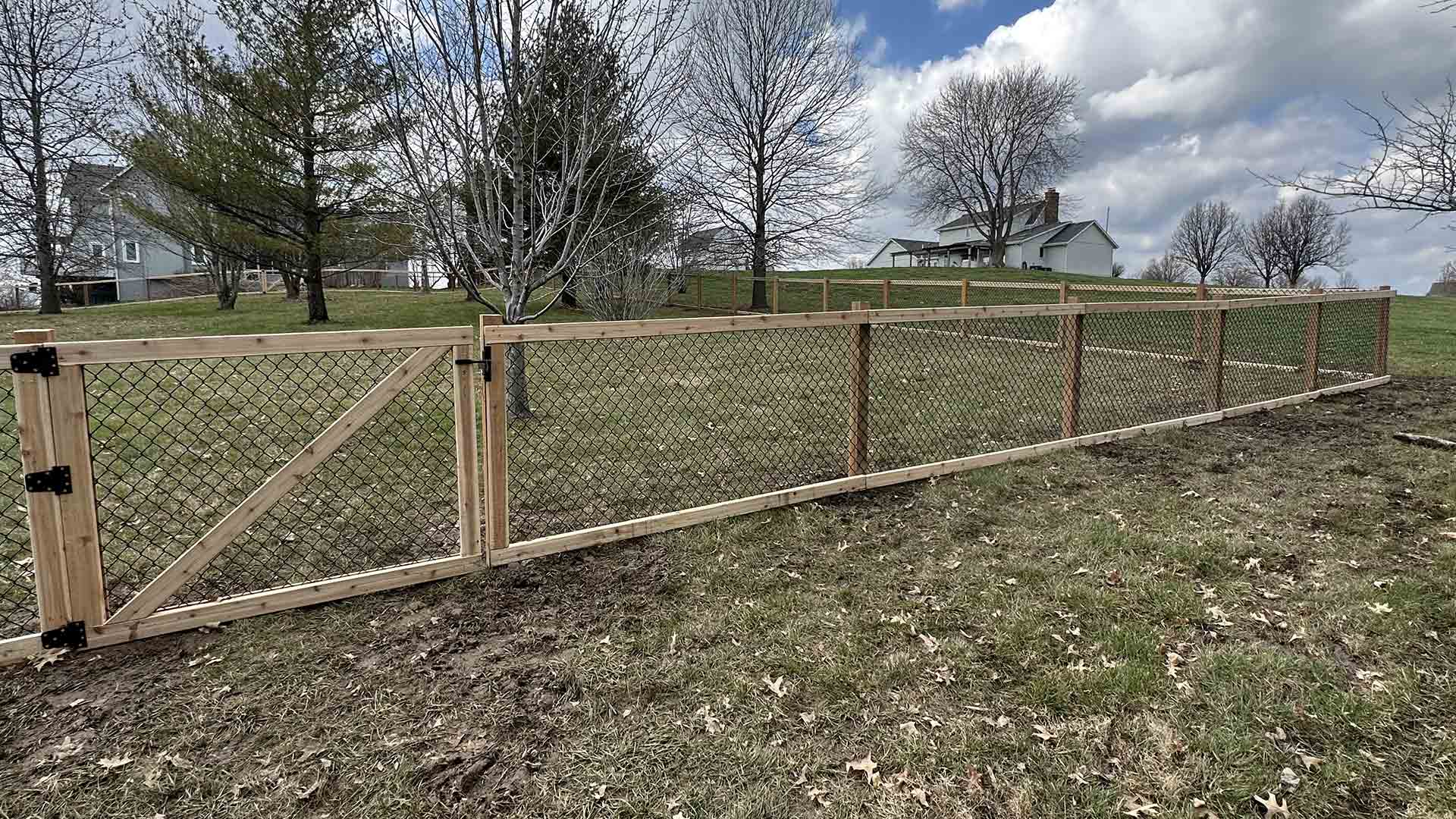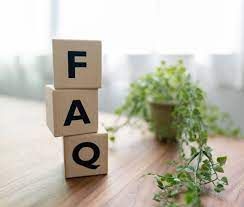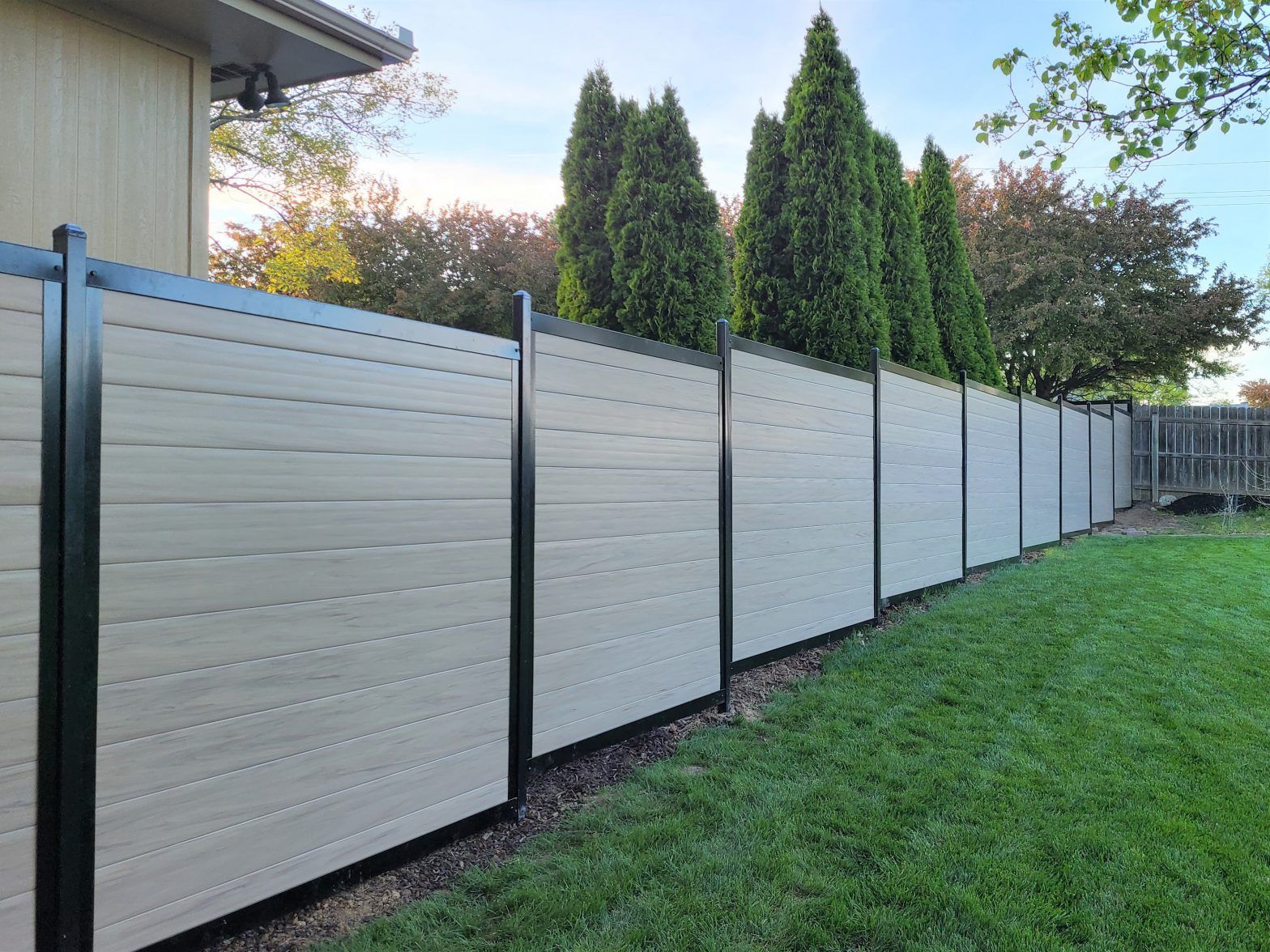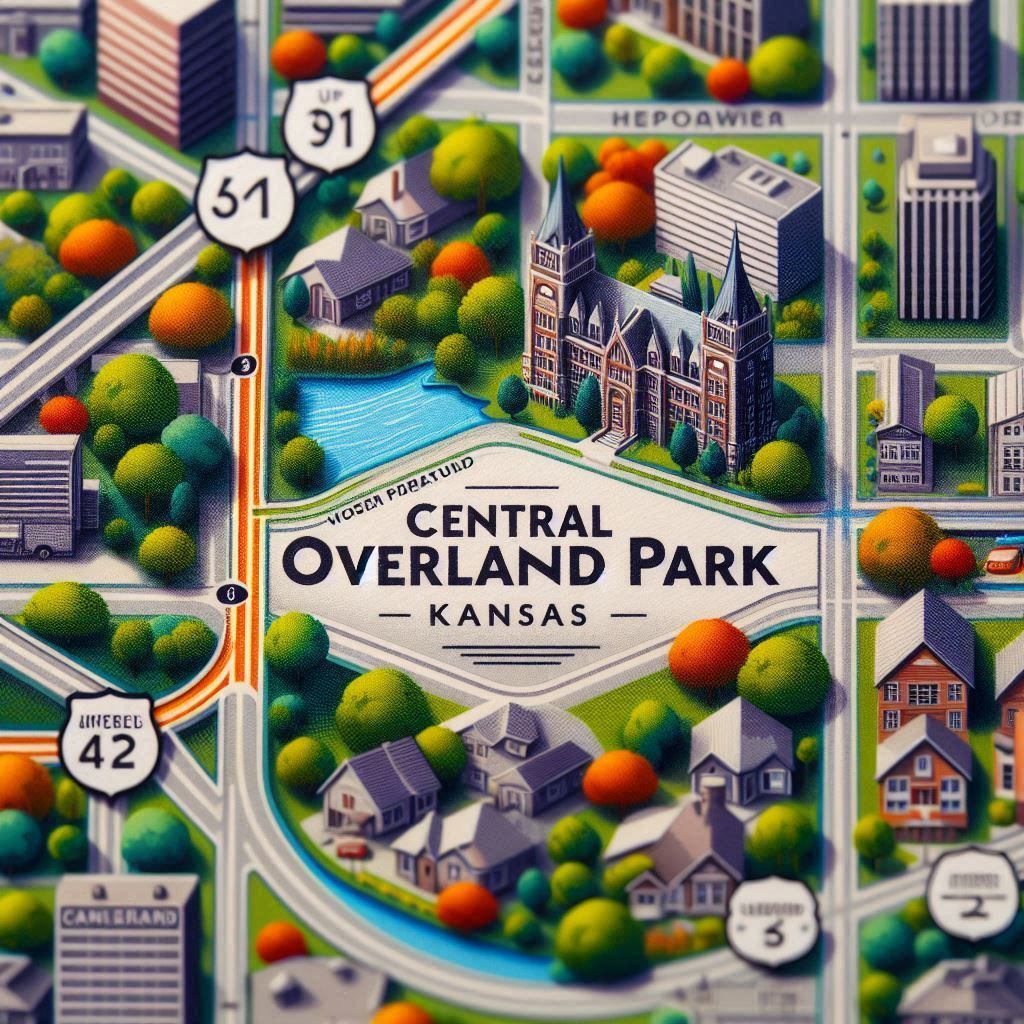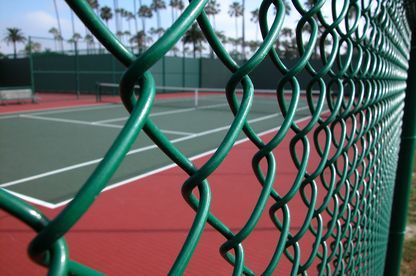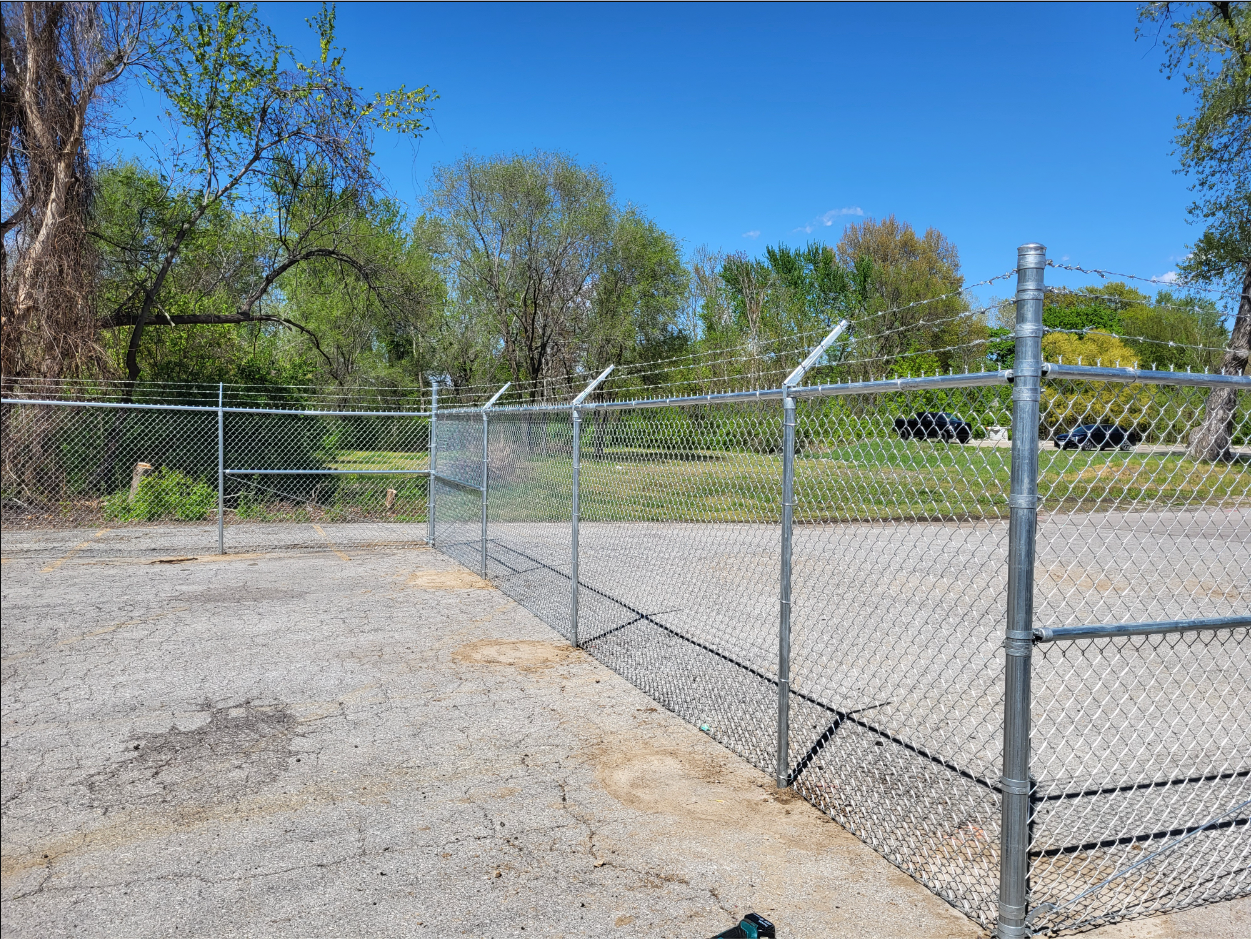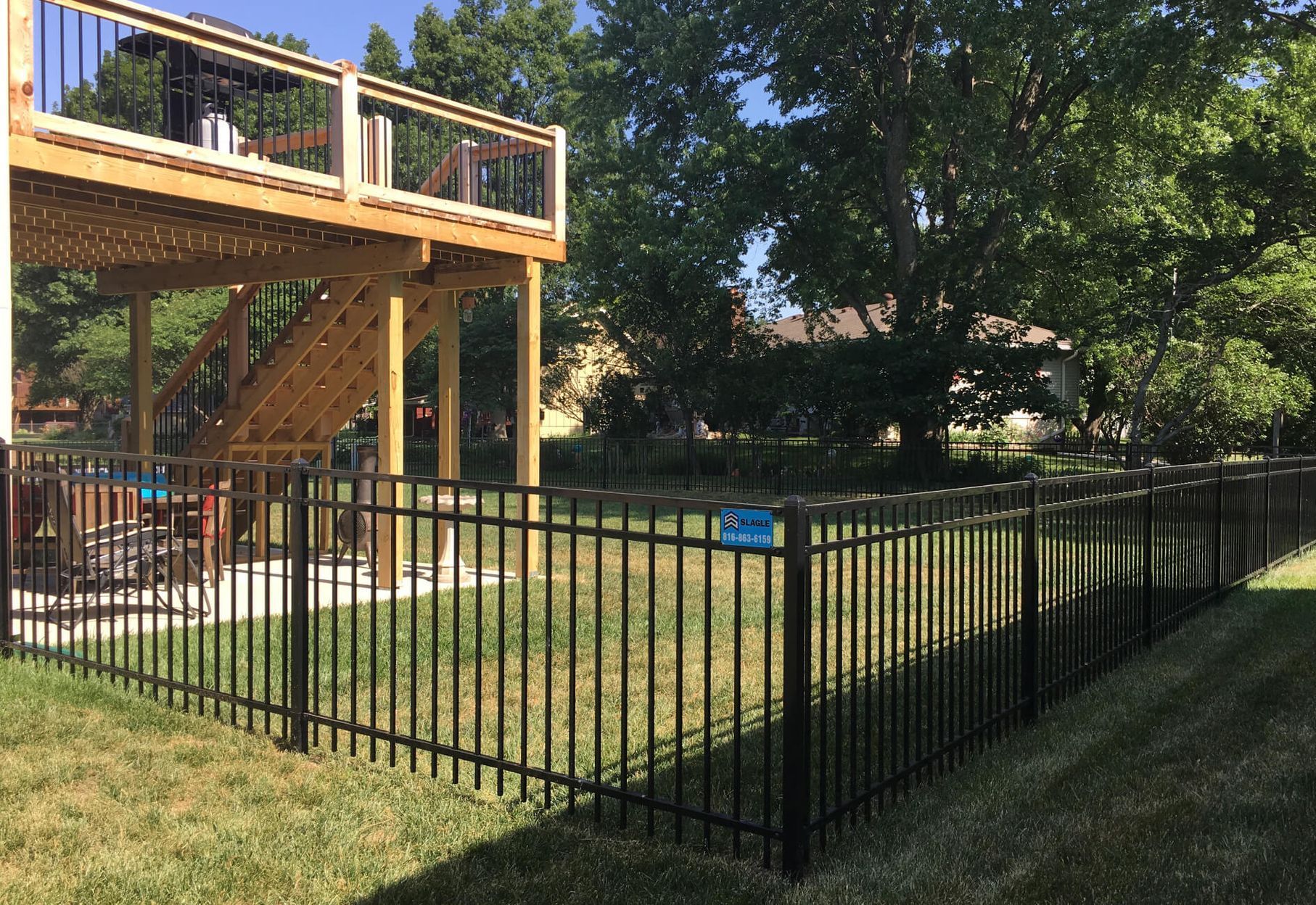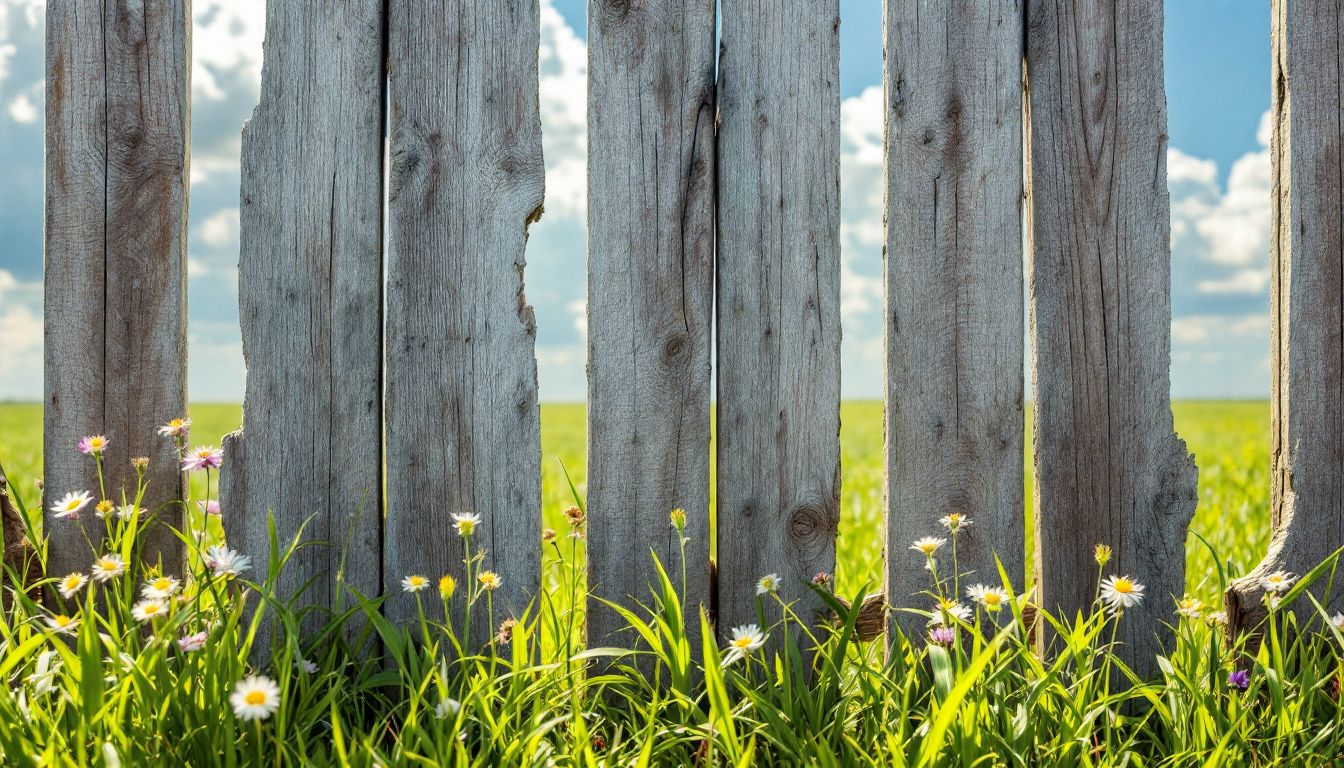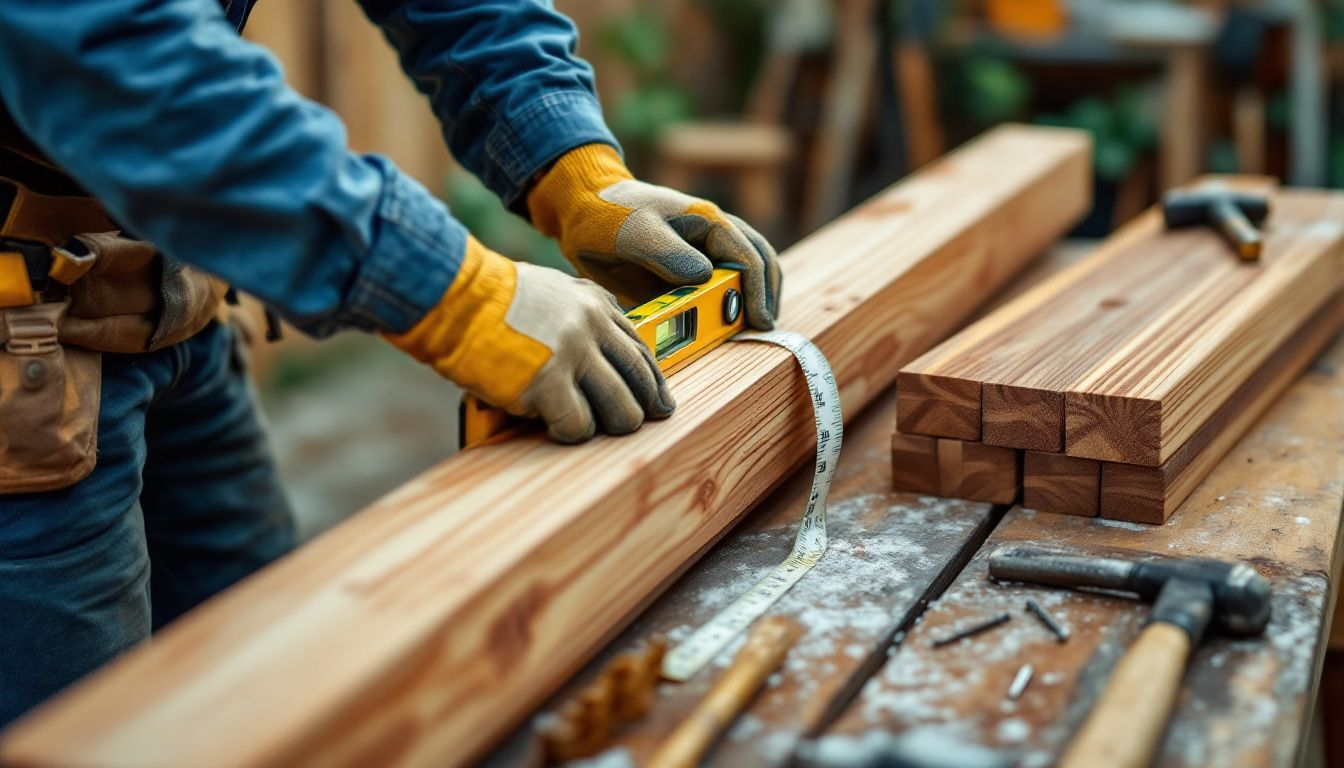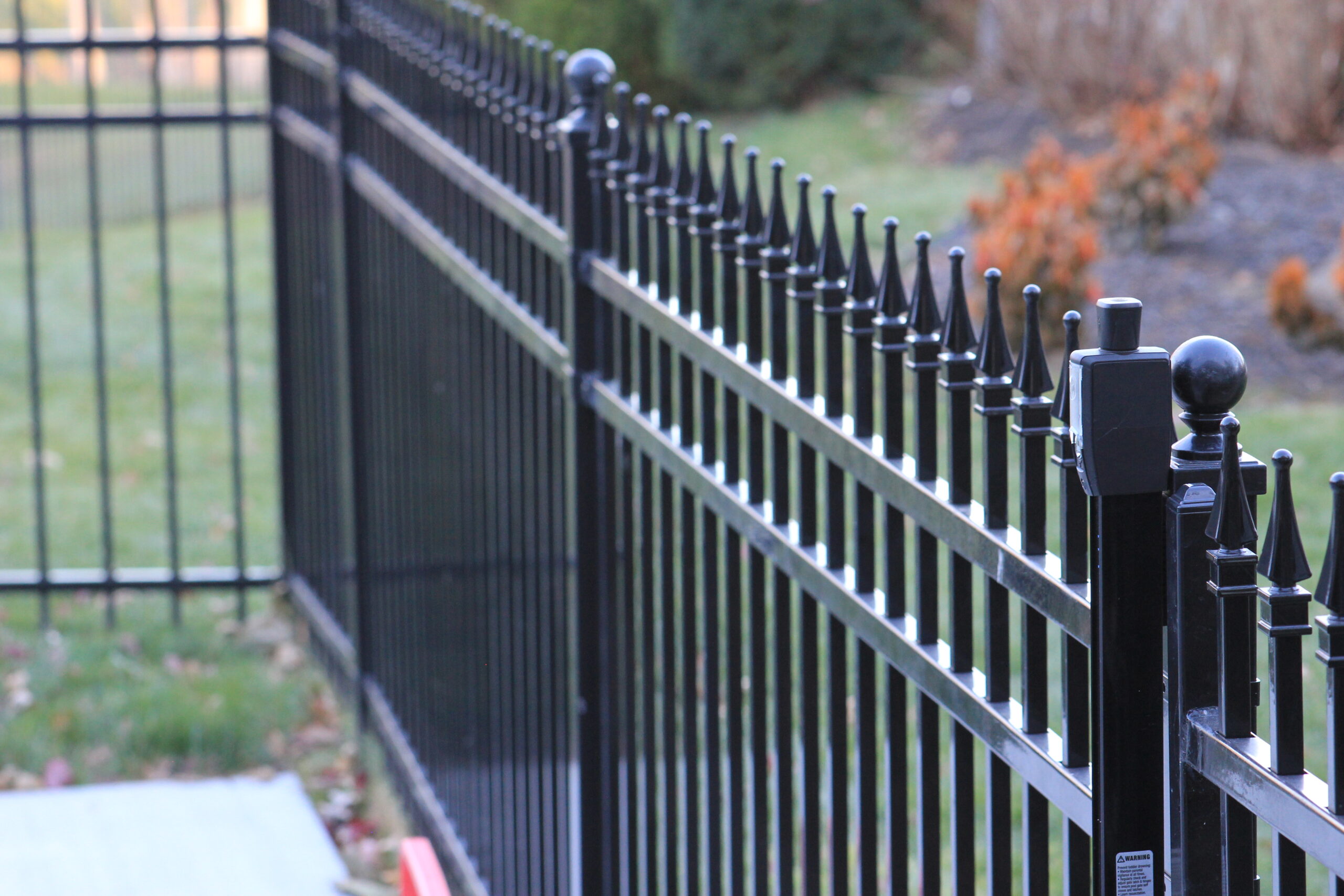Need the best fence wood for durability and low maintenance? This guide will walk you through popular options like cedar, pine, and redwood. Learn how to choose based on your climate and budget to ensure a long-lasting fence.
Key Takeaways
-
Choosing the appropriate wood type for a fence is essential for durability, maintenance, and aesthetic appeal, with cedar and redwood being top choices due to their resistance to decay and insects.
-
Climate conditions significantly influence the performance of fence wood, necessitating careful selection to ensure longevity and functionality, particularly for untreated pine.
-
High-quality wood fences can enhance property value, with a well-constructed installation potentially adding up to 50% of the fence’s original cost to the property’s market value.
Choosing the Best Fence Wood: A Practical Guide

Choosing the right wood for your fence is vital as it influences not only the appearance of your property but also the amount of upkeep needed over time. The diversity in wood types and treatments offers various fencing options to suit different needs and preferences. Wood fences, gates, and other fence material come in numerous varieties, each with distinct characteristics that can enhance the longevity and reduce the maintenance costs of your fence.
High-quality wood types like cedar and redwood are particularly favored for their durability and resistance to decay and insects. Utilizing these materials can significantly increase the longevity of your fencing, making them excellent choices for those looking to invest in long-term solutions. Understanding these options will empower you to make an informed decision that balances cost, aesthetics, and maintenance.
Introduction
The choice of wood for your fence directly impacts the overall look and functionality of the fence, contributing significantly to your property’s value. Whether you’re aiming to create a secluded backyard haven or a secure boundary for your home, the right wood can make all the difference. Durability, appeal, and value are key factors to consider when selecting wood for a fence; these aspects ensure that your investment not only serves its purpose but also enhances the beauty of your property.
Selecting the best wood for a fence is crucial for ensuring privacy, safety, and aesthetics. A well-chosen wood type will provide the necessary resistance to decay and insects, ensuring that your fence remains sturdy and visually appealing for years to come. This guide aims to provide you with the knowledge needed to make an informed decision, considering all essential factors from durability to maintenance.
Understanding Different Types of Fence Wood

When it comes to wood fencing, there are several popular choices, each with its unique benefits and characteristics. Cedar is highly favored due to its natural resistance to decay and insects, making it a durable option for outdoor use. Its natural oils help protect against moisture and pests, which means less maintenance over time.
Redwood is another excellent choice, praised for its natural beauty and high durability. Known for its deep red color and resistance to warping and splitting, redwood can withstand various climates, making it a versatile option.
Here is the text with the incorporated keyword:
“To ensure users have access to the latest features, we regularly update our software.”
Cypress wood, with its natural oils that offer resistance to moisture and pests, is also a strong contender for long-lasting fences. Other options include Douglas fir, known for its strength and moderate decay resistance, and pressure-treated pine, which undergoes a process to enhance its resistance to rot and decay.
After:
Cypress wood offers several advantages for long-lasting fences:
-
Its natural oils provide resistance to moisture and pests.
-
Douglas fir is known for its strength and moderate decay resistance.
-
Pressure-treated pine undergoes a process to enhance its resistance to rot and decay.
Additionally, spruce is commonly chosen for its affordability, though it requires treatment for added durability. Understanding these different types of wood will help you select the best material for your specific needs and preferences.
Cedar vs. Pine: A Detailed Comparison
Cedar and pine are two of the most popular choices when it comes to wood fencing. Cedar is more expensive than pine, but its durability and lower maintenance requirements often justify the higher initial investment. Cedar’s natural resistance to decay and insects makes it suitable for various climates and ensures the fence remains intact and attractive for a long time.
On the other hand, pine is a cost-effective option that offers fairly good durability, especially when treated. However, untreated pine may not perform as well in extreme weather conditions and could be more susceptible to insect damage. Cedar needs sealing to maintain its look, aging beautifully to a silver-grey color over time.
In contrast, pine retains its light color and may require more effort to maintain its visual appeal, such as regular staining or painting. While both woods have their merits, choosing between cedar and pine ultimately depends on your budget, climate conditions, and the level of maintenance you’re willing to commit to.
Redwood and Its Unique Benefits
Redwood is celebrated for its deep red color and natural beauty, making it an aesthetically pleasing choice for fencing. Its high durability and resistance to warping and splitting make it ideal for various climates, ensuring that your fence remains sturdy and attractive even in challenging conditions.
One of the standout features of redwood is its low maintenance requirements. The wood’s inherent oils create a natural barrier against moisture and pests, which means you’ll spend less time and money on upkeep. Compared to cedar, redwood has a tighter grain and more natural preservatives, further reducing issues like warping and splitting.
Although redwood can be more expensive than other wood types, its combination of beauty and longevity often justifies the investment. For those looking to add a touch of elegance to their property while ensuring long-term durability, redwood is an excellent choice.
Choosing the Right Wood Based on Climate
When selecting wood for your fence, climate conditions should be a significant consideration. Different wood types have varied levels of natural resistance to elements like rot and insects, which affects their lifespan and maintenance needs. Cedar, for instance, is favored for its natural resistance to decay and insects, making it a suitable choice for outdoor use in many climates.
In regions with unpredictable weather conditions, the durability of the fence wood is crucial for maintaining its integrity and appearance over time. Pine can be pressure-treated to enhance its durability, but untreated pine is more vulnerable to insects and rot compared to cedar.
Treated wood is a cost-effective option that offers protection against moisture and pests, but it may be prone to warping compared to natural woods. Understanding how different wood types respond to your local climate helps ensure your fence remains beautiful and functional for years.
Privacy and Security with Wood Fences

Wood fences are not only about aesthetics; they play a crucial role in enhancing privacy and security. Horizontal wood fences are increasingly popular for their modern appearance and effective privacy. Good neighbor fences offer a visually appealing solution by alternating panels on either side, ensuring both neighbors enjoy an attractive view.
For those looking for a balance between privacy and allowing light and airflow, shadowbox fences are an excellent choice. Board-on-board fences are particularly effective for privacy as they overlap pickets to eliminate gaps, making it difficult for prying eyes to see through. Lattice fences, on the other hand, offer a stylish solution that allows light and air to flow while enhancing gardens.
Fences also improve security and privacy, features highly attractive to families and buyers looking for safety. Additionally, they can diminish external noise, creating a quieter and more peaceful environment, which is a significant selling point.
Enhancing Curb Appeal with Wooden Fences

An aesthetically pleasing fence enhances the curb appeal of your property, making a strong first impression on potential buyers. A wooden fence provides a classic look that many buyers find appealing, contributing to the perceived value of your home. High-quality cedar or redwood are ideal for boosting a home’s aesthetic appeal due to their natural beauty and durability.
Horizontal slat fences create a modern, sophisticated look with their clean lines and spacious feel. Combining wood with stone elements in a fence design adds warmth and blends well with natural surroundings. Incorporating design elements from your fence into the overall exterior can achieve a cohesive look that ties your property together.
A classic white picket fence is a traditional choice that enhances the charm and character of a home, making it a favorite among many homeowners. Whether you prefer a timeless design or a contemporary style, a well-designed wood fence can significantly enhance your property’s curb appeal.
Maintenance Tips for Long-Lasting Wood Fences
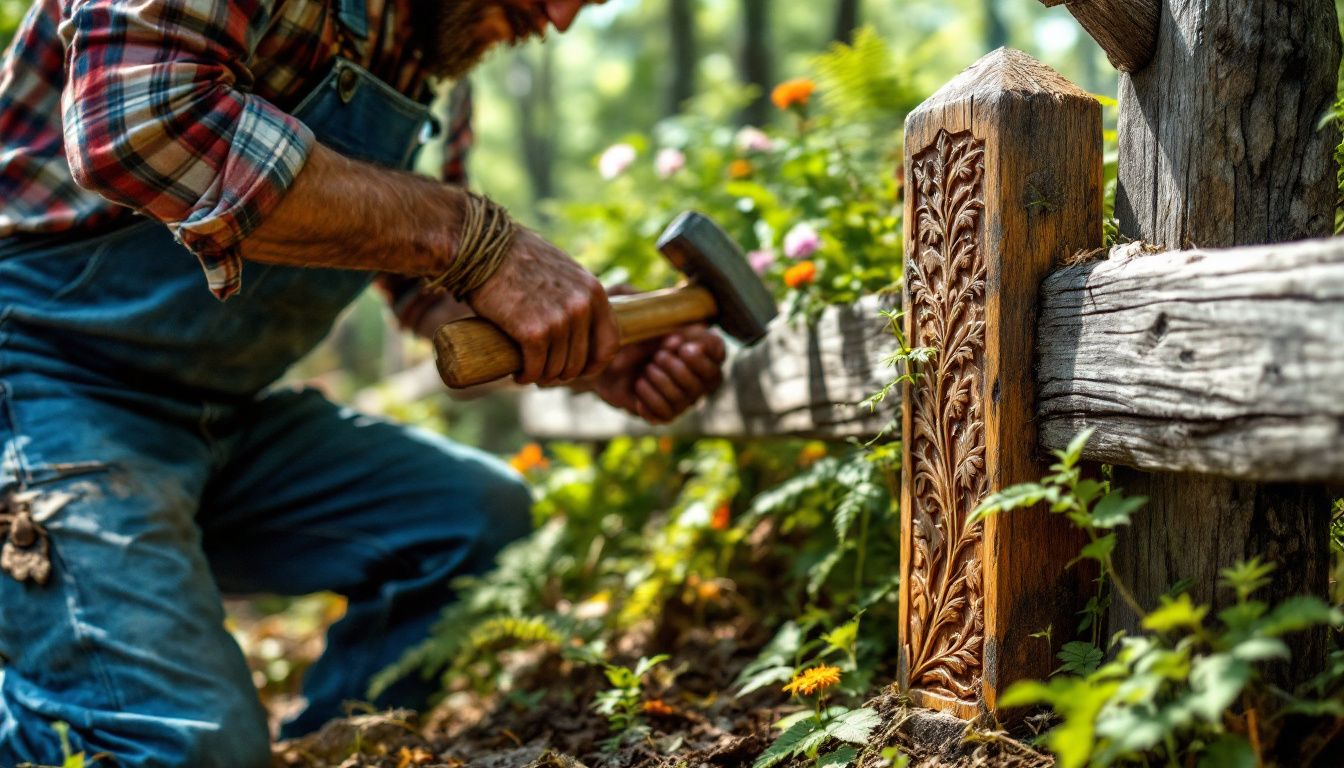
Maintaining your wood fence is crucial for ensuring its longevity and keeping it looking its best. Regular inspections at least twice a year, ideally in spring and fall, help identify potential issues early, allowing for timely repairs. Cleaning your wooden fence is essential for removing dirt, mold, and mildew, which can cause decay and discoloration.
Staining and sealing your fence provide a protective layer against moisture, UV damage, and pests, extending its lifespan and maintaining its appearance. Common fence damage includes rotting wood, loose boards, and cracks, which should be repaired promptly to avoid further deterioration.
Following these maintenance tips ensures your wood fence remains beautiful and functional for many years.
Eco-Friendly Fencing Options
In today’s environmentally conscious world, eco-friendly fencing options are becoming increasingly popular. Redwood is considered an eco-friendly option as it is a renewable resource. Reclaimed wood from Centennial Woods is FSC-certified and chemical-free, making it an excellent choice for sustainable outdoor fencing.
Trex composite fencing, made of 96% recycled materials, including wood and plastic, is produced without harvesting any trees, offering a durable and maintenance-free option. SimTek’s Ecostone fences utilize recycled plastic, providing a realistic stone appearance while requiring no maintenance.
For those looking for a more natural approach, living fences made of shrubs or trees are eco-friendly and contribute to the natural beauty of a landscape. Bamboo privacy screens create a serene outdoor space while being sustainable and low-maintenance.
Choosing eco-friendly fencing options allows you to enjoy a beautiful fence while contributing to environmental sustainability.
Customizing Your Wood Fence
Customizing your wood fence allows you to reflect your personal style and enhance the uniqueness of your property. Adding a border or top cap can provide a distinctive touch that sets your fence apart from standard designs. Painting or stylizing fence posts can also make them stand out and reflect your individual taste.
Installing a decorative gate is another way to customize your gates wood fencing, providing both functionality and aesthetic appeal. Experimenting with picket placement can create visually interesting designs, adding character to new fences.
Staining your wood fence not only protects it from the elements but also allows for color customization, ensuring your fence complements your home’s overall look. Incorporating these customization options creates a wood fence that is both functional and beautiful.
How Wood Fences Impact Property Value
Investing in a high-quality wood fence can significantly contribute to the overall value of your property. A well-constructed wood fence can potentially add up to 50% of its original cost to the property’s value. Prospective buyers often look for sturdy and attractive fencing as a sign of a well-maintained property.
Quality installation leads to less wear and tear, which ultimately adds value to the property. High-quality wood options like redwood not only enhance the aesthetic appeal but also improve property value due to their combination of beauty and longevity.
A quality wood fence improves the outdoor experience. It also adds long-term value, making it a wise investment. Choosing the right wood and ensuring proper installation significantly boosts your property’s curb appeal and market value.
Selecting the Right Contractor for Your Wood Fence
Choosing the right contractor is crucial for ensuring quality and satisfaction with your wood fence installation. Texas Best Fence & Patio, for instance, offers warranties, clear communication, and timely execution to ensure customer satisfaction. When selecting a contractor, consider their experience in the industry, customer reviews, and the warranties they provide.
A reliable contractor will not only provide high-quality workmanship but also offer guidance on selecting the best materials and design for your specific needs. Clear communication and a detailed contract can help prevent misunderstandings and ensure the project is completed to your satisfaction.
Carefully selecting a reputable contractor ensures your wood fence is installed correctly and lasts for many years.
Summary
Choosing the best wood for your fence involves considering various factors such as durability, aesthetics, and maintenance. High-quality wood types like cedar, redwood, and treated pine offer excellent options for creating beautiful and long-lasting fences. Understanding the impact of climate on wood, the importance of regular maintenance, and the benefits of customization can help you make an informed decision that enhances your property’s value and curb appeal.
Ultimately, investing in a high-quality wood fence and selecting the right contractor are crucial steps to ensure your fence remains a valuable and attractive feature of your property. By following the guidelines provided in this guide, you can create a wood fence that meets your needs and stands the test of time.
Frequently Asked Questions
What is the best wood for a fence in terms of durability?
Cedar and redwood are the best choices for a durable fence, as they possess natural resistance to decay and insects. Choosing either of these woods will ensure longevity for your fencing project.
How often should I maintain my wood fence?
To keep your wood fence in good condition, conduct regular inspections at least twice a year and perform cleaning, staining, and sealing as needed. This maintenance regimen will significantly prolong the life of your fence.
Can a wood fence increase my property value?
A well-constructed wood fence can indeed increase your property’s value, potentially adding up to 50% of its original cost. This improvement enhances both curb appeal and security, making it a valuable investment.
What are some eco-friendly wood fencing options?
Eco-friendly wood fencing options include redwood, reclaimed wood, Trex composite fencing, and bamboo privacy screens, all of which are sustainable and provide durability. Choose these materials to support environmentally responsible practices.
How do I choose the right contractor for my wood fence?
To choose the right contractor for your wood fence, prioritize those with proven experience, positive customer reviews, effective communication skills, and strong warranties. Selecting a reliable contractor will ensure quality workmanship and customer satisfaction.










